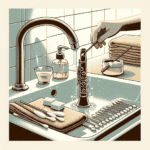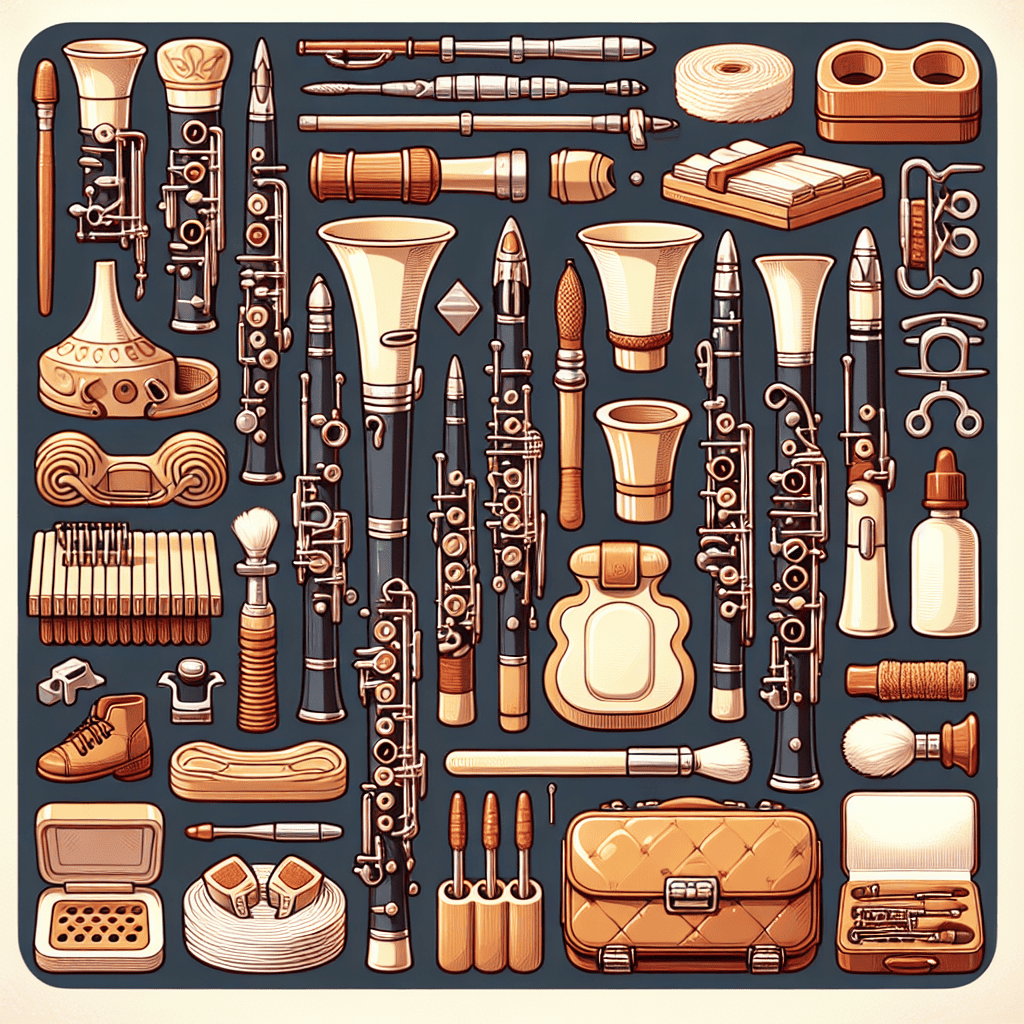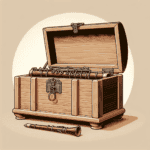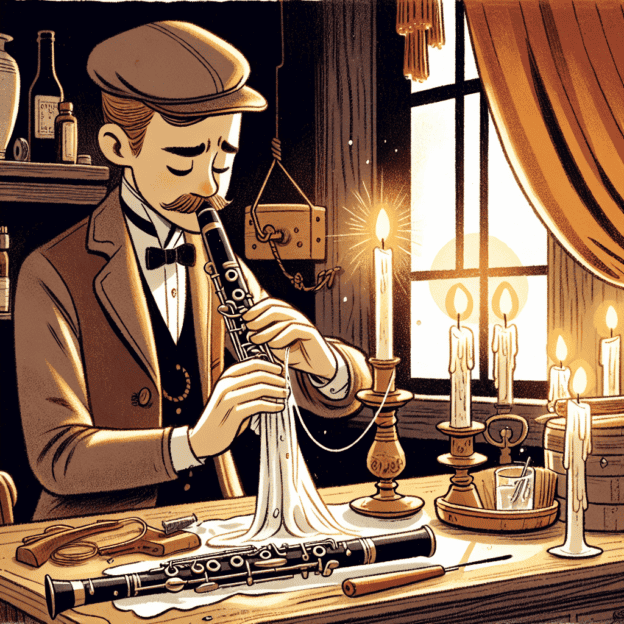The Evolution of Clarinet Cleaning: From Silk to Science
Ever pondered how clarinetists kept their instruments in top-notch condition before modern cleaning kits came along? Let's explore the captivating history of clarinet cleaning tools and discover how musicians of yesteryear maintained their instruments with creativity and care.
In contrast to today's specialized brushes, microfiber swabs, and disinfectants, musicians from earlier centuries relied on simple yet effective tools crafted from readily available materials. Silk cloths, for instance, were a go-to choice for removing moisture from inside the clarinet. Silk wasn't just prized for its softness and ability to protect the delicate bore from scratches; it also glided through the instrument with ease.
DIY Cleaning Methods of the Past
Cords and weights were staples in these homemade cleaning setups. Picture this: a silk cloth threaded through the clarinet using a weighted string, meticulously guided to capture excess moisture and debris. While it demanded patience and a steady hand, the method proved effective. These older techniques had a certain charm—they were almost an art form in themselves.
| Historical Cleaning Tool | Modern Equivalent | Advantages |
|---|---|---|
| Silk Cloth | Microfiber Swab | Gentle on bore, absorbs moisture |
| Feathers | Specialized Brushes | Reaches tight spaces, removes debris |
| Beeswax | Cork Grease | Maintains cork health and pliability |
| Homemade Alcohol/Vinegar Mix | Commercial Disinfectants | Breaks down oils and grime |
Feathers and Natural Remedies
Another ingenious cleaning hack involved feathers. You read that correctly! Large, sturdy feathers acted as natural brushes to clear dirt and moisture from tone holes and hard-to-reach spots. It's not surprising that resourceful musicians adapted something as basic as a feather to prolong their instrument's lifespan between repairs.
Even cork grease, now conveniently packaged in tubes, had more modest origins. In the past, players turned to beeswax or natural oils to keep their clarinet's cork joints healthy and flexible. While these natural substances worked well, they needed to be reapplied more frequently than their modern counterparts.
Historical Cleaning Solutions
When discussing historical clarinet care, we can't overlook water and alcohol-based cleaners. Though these liquids are components in modern cleaning solutions, musicians of the past concocted their own mixtures, typically using diluted alcohol or vinegar. While effective at breaking down oils and grime, these homemade solutions came with risks. Excessive use or inadequate drying could lead to swelling or cracking in wooden clarinets, making these methods a delicate balancing act.
Twentieth Century Advances
As we entered the 20th century, clarinet cleaning tools became more standardized. Brands like Martin Freres set new standards for instrument construction and care. These advancements led the industry to adopt more systematic cleaning routines. Padded swabs and metal rods paired with cloth emerged for cleaning deeper parts of the clarinet. Martin Freres' reputation for creating durable, finely crafted clarinets also inspired players to maintain their instruments carefully to preserve both sound quality and appearance.
Lessons from History
What can today's players glean from these historical tools and practices? For starters, we can admire the ingenuity and resourcefulness of musicians from the past. Every step of their maintenance routine stemmed from their connection with the instrument—a bond forged through effort and necessity. Current tool designs can trace their roots to these early methods, demonstrating how tradition and innovation work hand in hand.
Modern Maintenance
In our era of ergonomic pull-through swabs and advanced disinfectants, it's crucial to remember that proper care isn't just about tools—it's about routine. Swabbing after playing and regular cork greasing significantly extend your instrument's lifespan. While modern clarinets, including those from respected makers like Martin Freres, boast cleaning-friendly features such as precision-made corks and smooth bores, maintaining that old-school dedication in your upkeep habits is always beneficial.
Preserving Tradition
It's not hard to envision 19th-century clarinetists by candlelight, lovingly tending to their instruments with silk cloths or beeswax. They might have hummed a tune while working, readying their clarinet for the next performance. In a sense, we carry on their legacy each time we swab out moisture or grease a tenon, reinforcing the bond between musician and instrument through timeless care practices.
Conclusion
As you reach for your clarinet and modern cleaning kit, take a moment to appreciate how these tools have evolved. Without the creativity of past players—from using feathers to beeswax—we might not have the efficient systems we rely on today. Whether you play a vintage model or a contemporary instrument, proper maintenance links us all to centuries of clarinet history. Now that's something to celebrate in music, isn't it?







